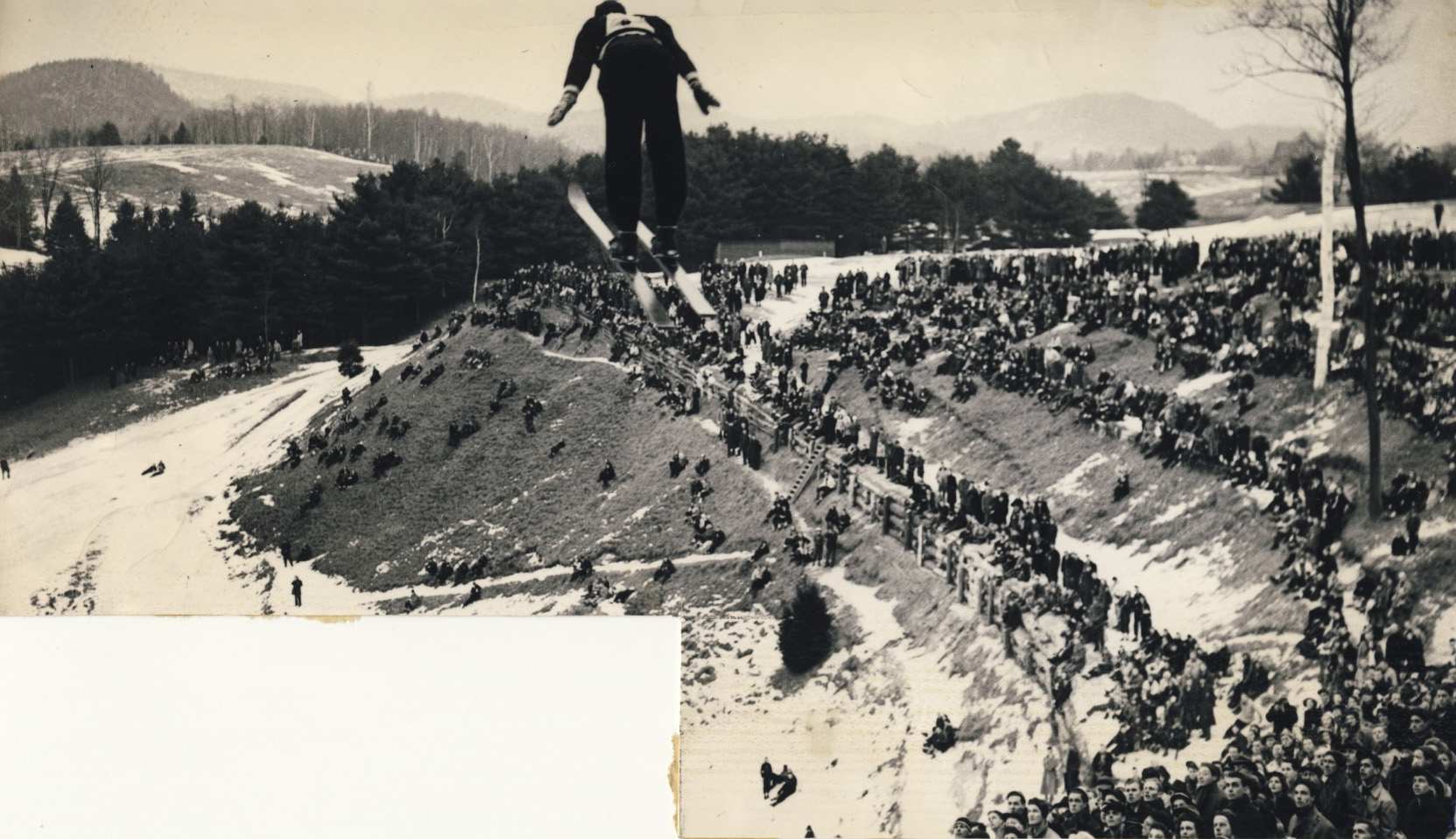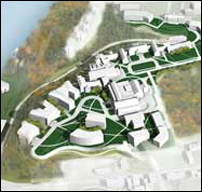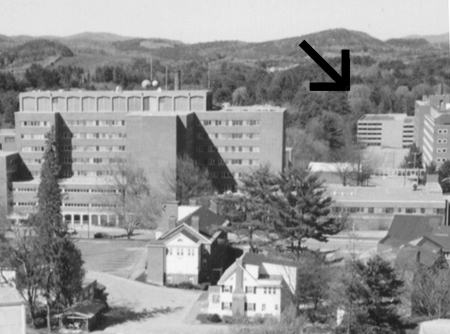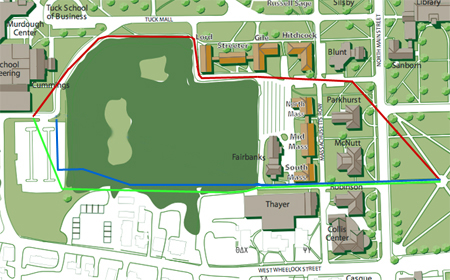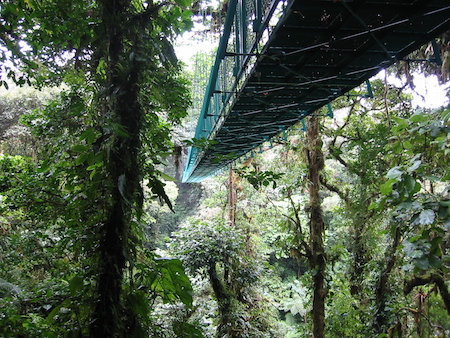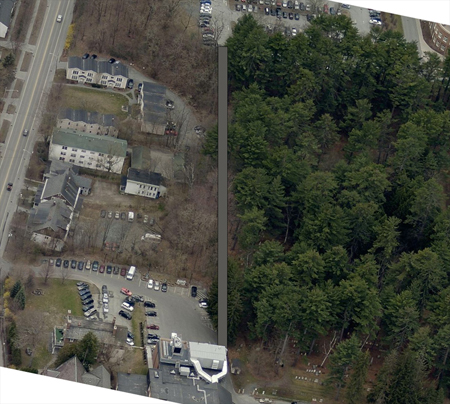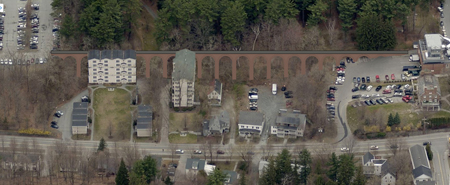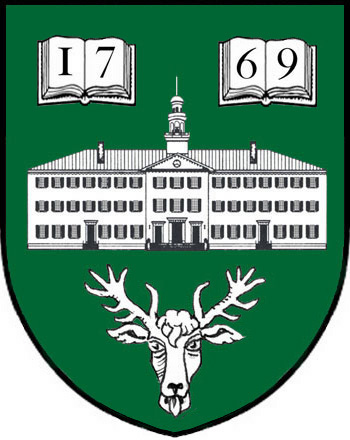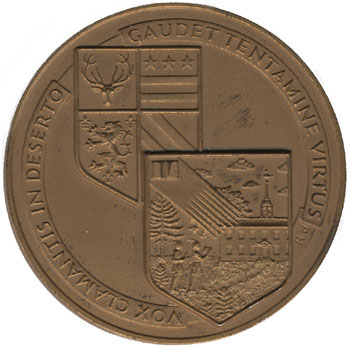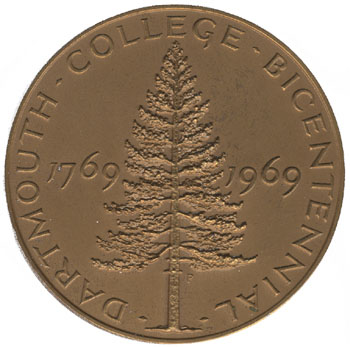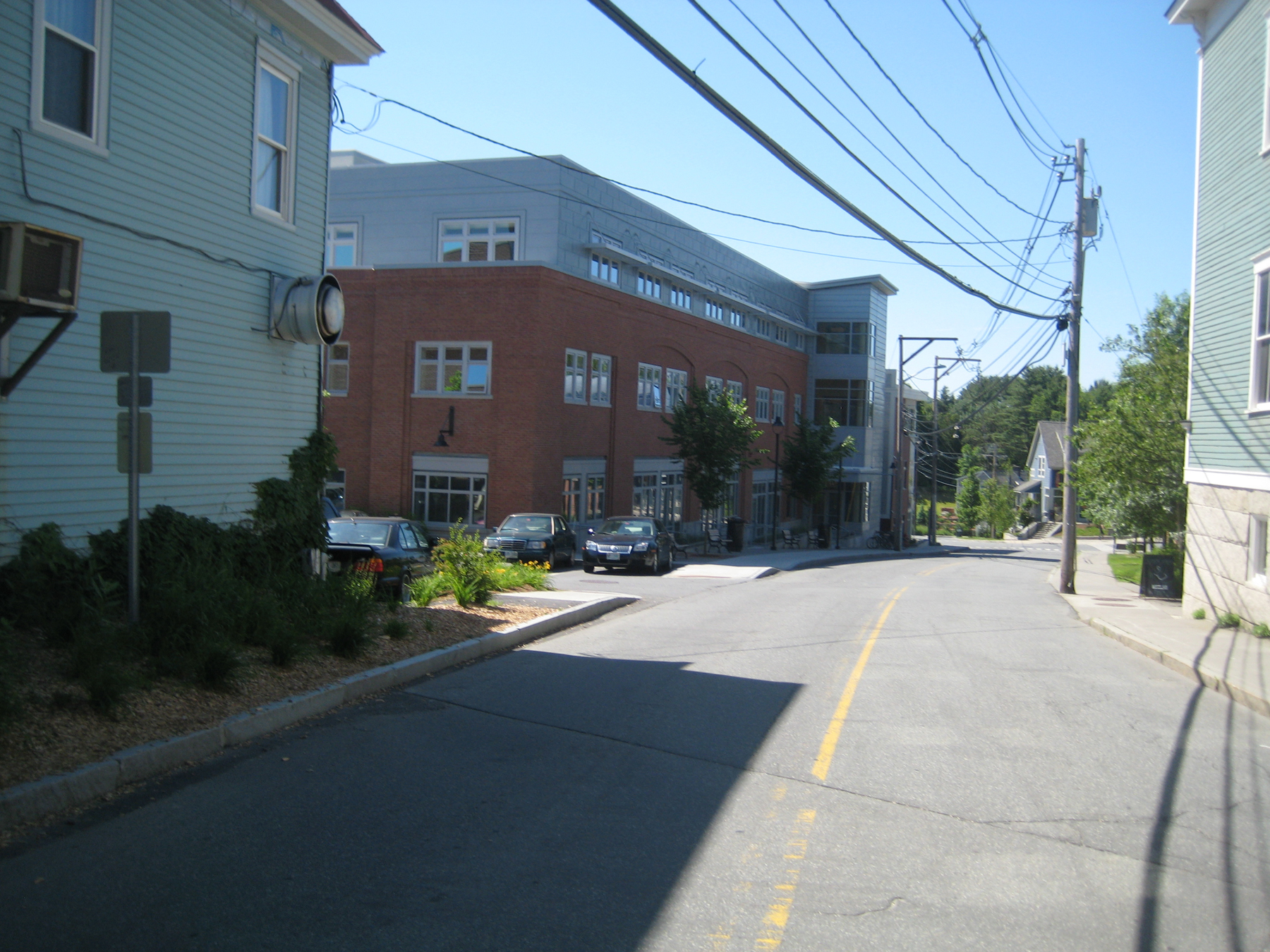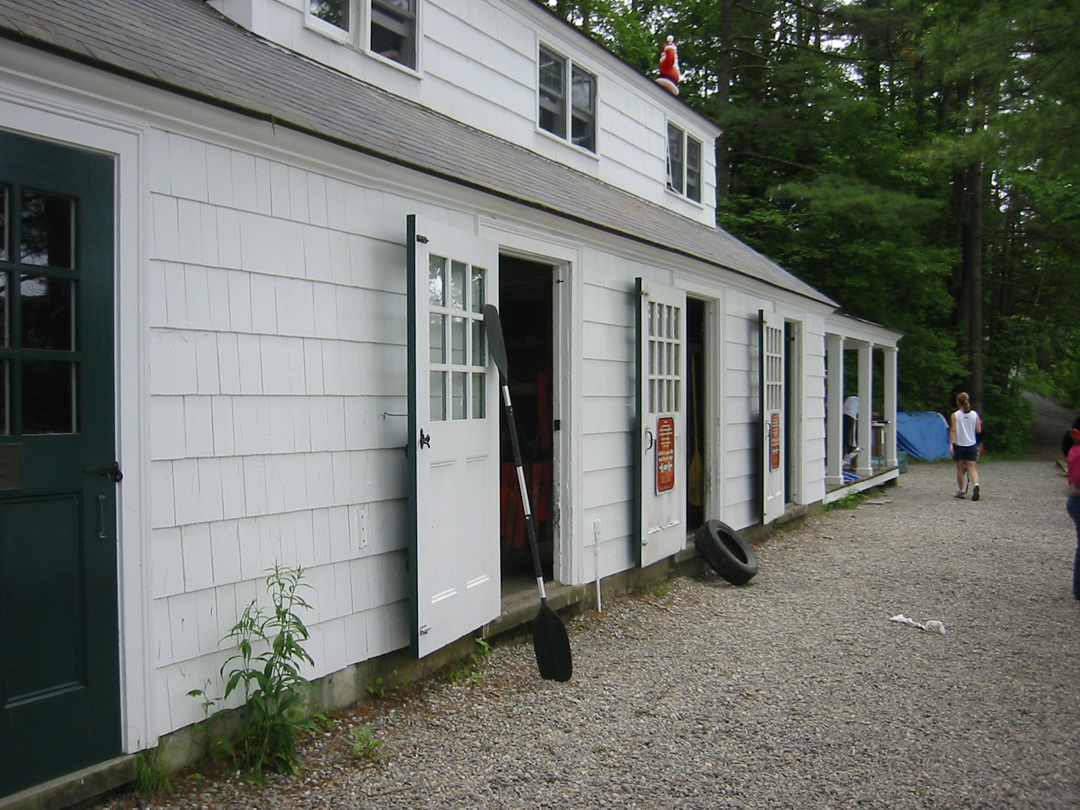Boora Architects has released some of its designs for the expansion of the Hopkins Center.
The first image is a view of the area now occupied by the café and lawn seen in this Google Street View image:
The hill appears to have been carved away and a new glass-walled entrance inserted at the basement level. The blank-walled righthand portion of this three-level infill addition presumably contains the new theater. A balcony projects from each of the upper levels. This might be a sort of Bass Concert Hall facade.
The second image shows the main corridor, presumably at ground level. This seems to be a view to north: the box office and Moore Theatre scene shop have been blasted through, and we can see straight into the existing Darling Courtyard, the unroofed sculpture atrium behind the Warner Bentley bust. The coffering in the ceiling (or in the underside of the floor of the level above) refers to the oval coffering of the original building; in the center a cutout reveals yet another level above. Something interesting must be happening around the current Spaulding lobby if the new stair is to fit. The existing studio range is not necessarily removed, although it is hard to tell.
This part of the Hop currently stands only one level above ground, of course. In this Bing aerial, the corridor is the flat-roofed, black-surfaced element, while the café is the curving Hood-era addition below it.
The fourth image shows the interior of the new theater, presumably looking to the northwest. Off to the left is visible the main corridor with its green seat.
The fifth image appears to show the expanded Darling Courtyard. It looks like the floor has been dropped into Paddock in the basement and a glass roof placed overhead.
The third image depicts Alumni Hall as transformed into a concert chamber. Presumably the vaults will need to be closed up for acoustic purposes (see Jonathan Owens’s study). The existing wooden plaques seem likely to be moved, since they would be obscured by the proposed wall paneling and raked seating.
Impressive.
—–
[Update 11.21.2013: Last sentence, about Alumni Hall windows, removed. The rendering looks west, not east.]
